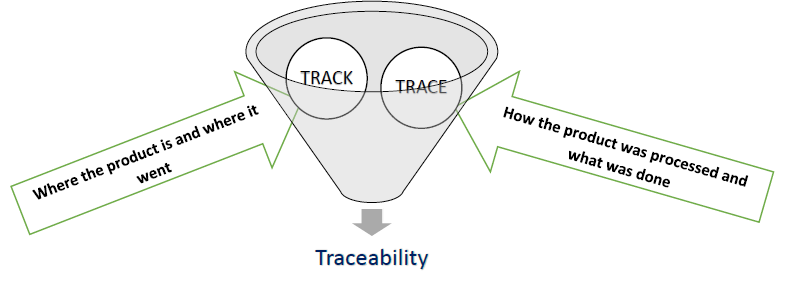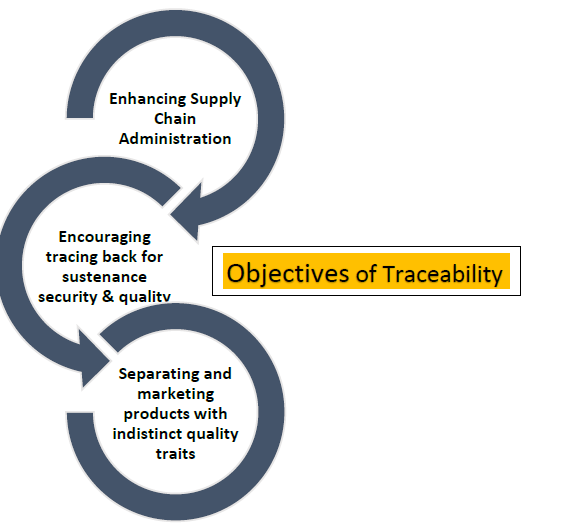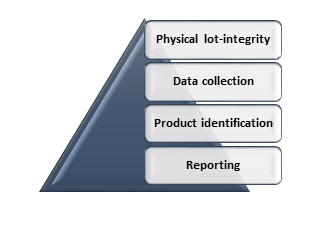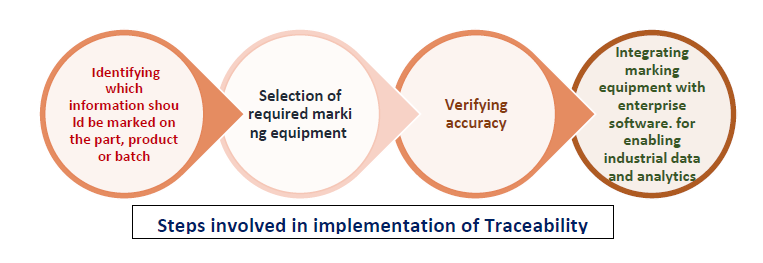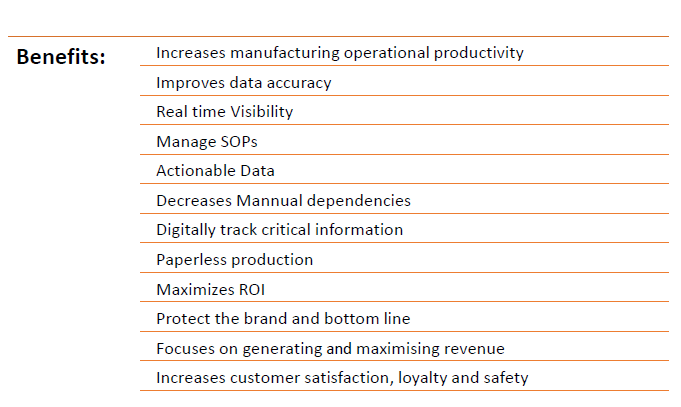Predictive Maintenance in Process and Component Assembly in Plants

Empower your production team to predict & prevent production losses, with ready-to-use AI. Maximize asset uptime & enhance its lifecycle. Discover our reliable sensor solutions for condition monitoring and predictive maintenance. Reckers Mechatronics – Driving decarbonization and digitalization. Integrated Circuits. Reference Designs.
Predictive maintenance seeks to prevent equipment failure and downtime by connecting IoT-enabled enterprise assets, applying advanced analytics to the real-time data they deliver, and using the resultant insights to inform educated, cost-effective, and efficient maintenance protocols. Component assembly is the assembling of components or subassemblies into a functional end product. Component assembly is a broad term in the manufacturing techniques of industrial companies and is used for the composition of complex assemblies in small and large series.
OEE and Machine downtime calculations
Before we do anything else, let’s define machine downtime. Machine downtime is any (usually unexpected) time during which an asset/piece of equipment is not running.
There are 2 types of machine downtime:
- Unplanned downtime – undesirable, typically a result of malfunction
- Scheduled downtime – necessary, used for repair and maintenance
Production lines are, in their essence, delicate clockworks. To work, all the equipment and its parts need to function flawlessly.
If anything throws a wrench into the works (literally or figuratively), the whole system fails. And, we probably don’t have to tell you this, that’s not something you want.
According to research, an hour of machine downtime costs a company on average $260,000. That’s not to mention the lost time and staff productivity, besides the revenue hit.
Energy Management Systems:
1: Energy management systems (EMS) help organizations monitor, control, and optimize energy consumption.
2: Energy management system in Logistics implies choosing the right means of transportation, routes, performing load optimizations, using fuel-efficient vehicles, and opting for clean fuels.
3: EMS can identify energy waste, inefficiencies, and opportunities for improvement, leading to cost savings and environmental benefits.
4: These systems often integrate with building automation systems, HVAC (heating, ventilation, and air conditioning) systems, lighting controls, and renewable energy sources.
Predictive maintenance is an advanced maintenance strategy that involves constant monitoring and automated learning of the equipment condition and aims to address all the above challenges by leveraging historical and real-time data to predict failures and allow just-in-time maintenance and repairs. Industrial maintenance plays a vital role in sustaining reliable equipment performance, safety, energy efficiency, regulatory compliance, and warranty protection.






